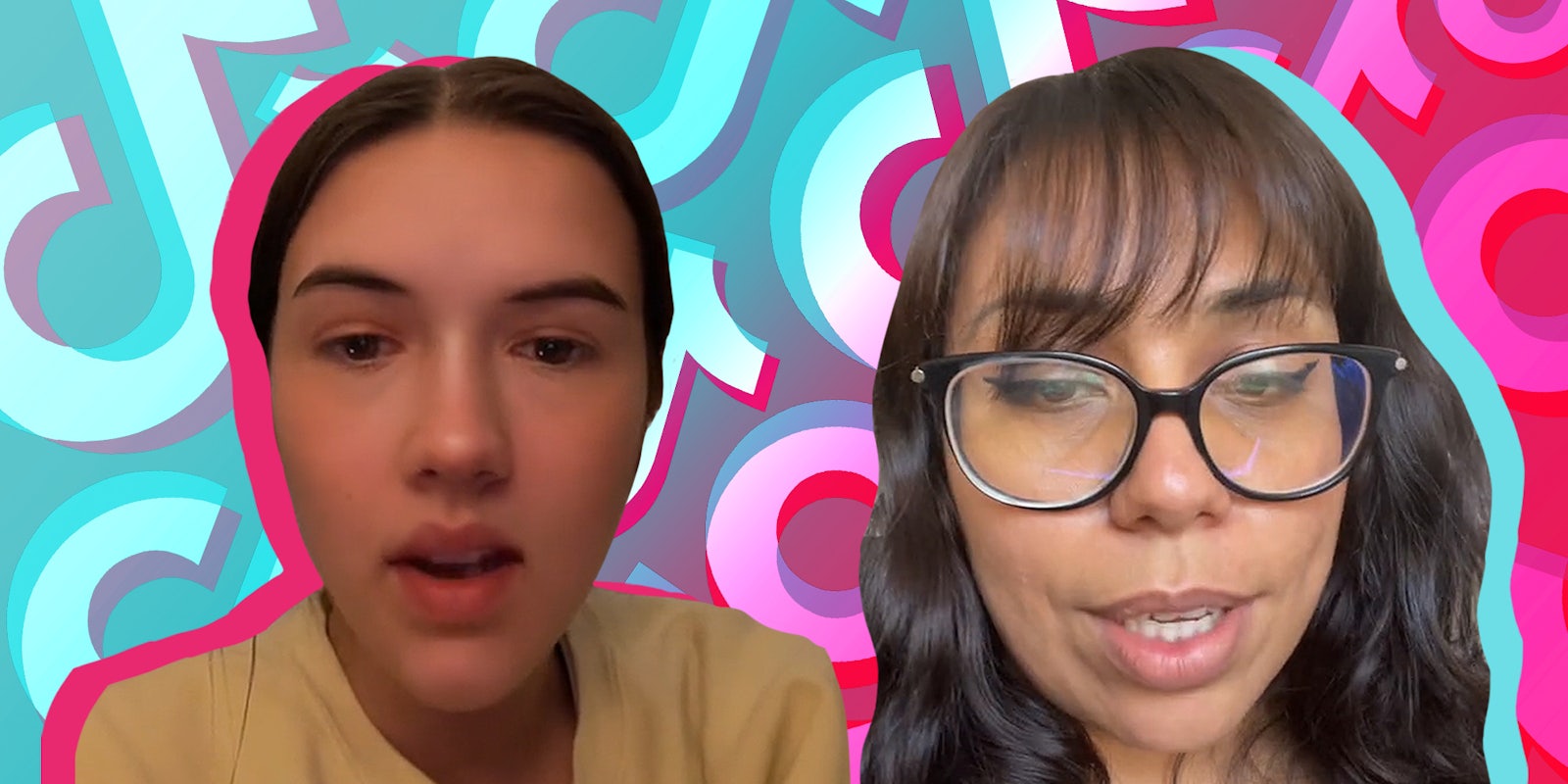
This story was originally published on Passionfruit.
Analysis
Whenever I told somebody I was autistic, the atmosphere would instantly change. Their eyes would glaze over, their speech would slow down, and they would contort their face into a fixed, waxy smile. It wouldn’t matter if it were a teacher, peer, or even someone younger than me. As soon as the word “autism” was mentioned, any chance of being seen as an intellectual equal, or even just a fully-fledged person, would instantly vanish.
By 2019, it felt like public perceptions and awareness around neurodiversity became more nuanced and destigmatized. Across the past three years, hashtags like #autism, #autistic, and #neurodiversity cumulatively amassed billions of views on TikTok. Countless autistic creators that take the narrative into their own hands actively destigmatize autism and raise awareness of what it’s really like to be autistic.
However, I believe the complexity and nuance many autistic creators bring to the platform can be overshadowed by other accounts where autism is either seen through—or directly catered towards—the neurotypical gaze. By this, I mean a two-dimensional, warped version of autism where the neurodivergent person is either an eternal child, or an “uwu”-ifed, manic pixie dream girl.
The “eternal child” stereotype is largely perpetuated because a significant number of TikTok accounts profess to be dedicated to an autistic person’s life and journey. But the autistic person isn’t the one in control of the account—their parent, partner, or caregiver is.



